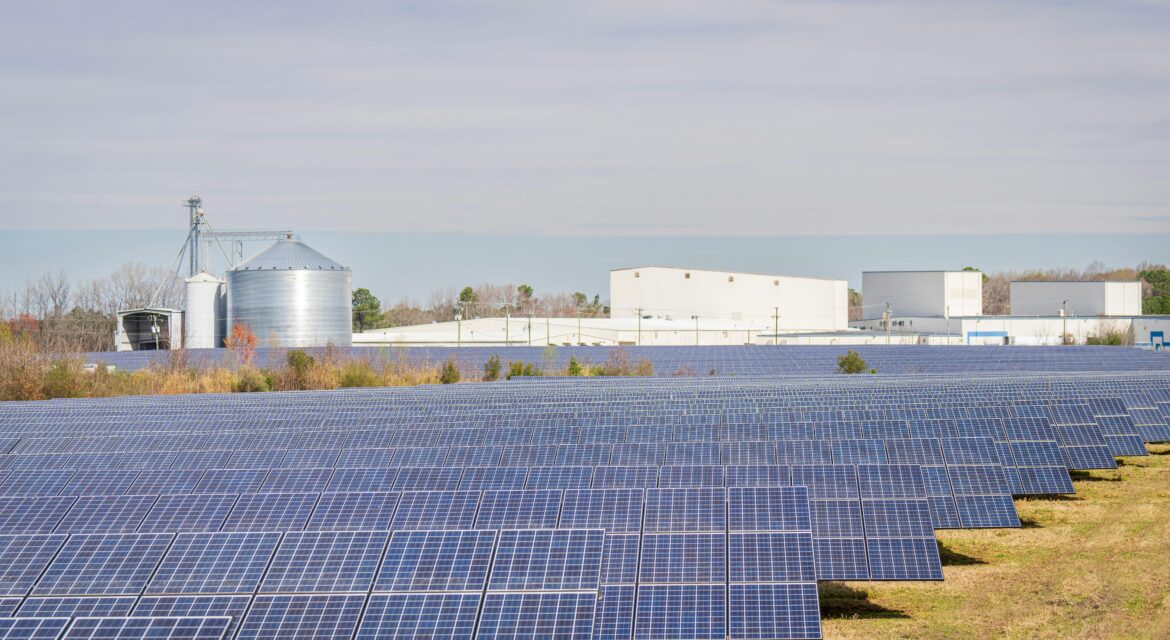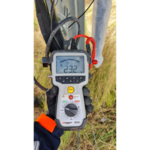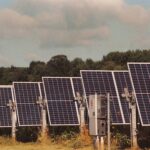As Australia moves away from fossil fuels, solar energy leads the country’s transition to renewable power. Abundant sunlight, expansive land, and increasing demand for sustainable solutions position the country to lead the global transition to clean energy. At the centre of this progress are solar farm projects, which deliver dependable, cost-effective energy with the expertise of trusted engineering firms.
Australia’s Renewable Energy Targets and Progress
The Australian government has committed to sourcing 82% of electricity from renewable energy by 2030. Several states have introduced their own ambitious targets to support this national goal. In fact, renewable energy already supplies over one-third of the country’s electricity, and solar power contributes a growing share.
Moreover, large-scale solar farms in New South Wales, Queensland, and South Australia continue to expand. These developments help Australia move steadily toward a cleaner, more resilient energy grid.
Why Solar Farms Suit Australia’s Climate and Landscape
Australia’s natural environment provides ideal conditions for solar farm development. Since the country receives some of the world’s highest solar radiation levels, it makes the solar technology especially efficient. In addition to that, large areas of flat, underutilised land in regional and rural communities allow for utility-scale solar installations.
Solar farms can also be constructed and connected more quickly than wind or hydroelectric projects. Furthermore, these farms require fewer geographic or seasonal considerations than other renewable sources. Unlike hydropower or wind energy, solar installations can operate effectively in various terrains and climates.
How Renewable Energy Engineering Powers Solar Farms
Renewable energy engineering ensures solar farms operate reliably, safely, and efficiently. In fact, engineering teams handle every stage of project development, from initial feasibility assessments to detailed system design and performance optimisation.
Simply put, engineers design the layout of the solar panels, assess environmental impacts, and integrate advanced technologies like solar tracking systems and battery storage. They also consider factors such as wind load, ground conditions, heat tolerance, and dust accumulation. By addressing these challenges early, engineers help ensure consistent energy output across the project’s lifespan.
To meet industry and government requirements, engineering professionals also work within strict standards, such as AS/NZS 5033 for photovoltaic array installations.
How Engineering Firms Enable Project Success
Engineering consultancies play a critical role in the delivery of solar and renewable energy projects. They manage technical planning, energy yield modelling, system optimisation, and grid connection studies—ensuring every design meets both regulatory requirements and performance expectations. During construction, they support project teams through site supervision, project management, and quality control protocols.
Modern firms like ElectraGlobe go beyond traditional engineering by offering advanced digital solutions, including remote monitoring systems, data analytics, and smart diagnostics. These technologies enable early fault detection, minimise downtime, and reduce maintenance costs over the life of the asset.
In addition to technical execution, engineering consultancies work closely with local governments, landowners, DNSPs, and construction partners to keep projects moving. Their ability to coordinate across stakeholders and disciplines ensures solar farms are delivered efficiently and integrate seamlessly into Australia’s evolving energy network.
Economic and Environmental Impact of Solar Farms
Solar farms create employment opportunities during construction and ongoing operations, especially in rural and regional areas. Local communities often benefit from infrastructure upgrades, training programs, and long-term investment.
For landowners, leasing property to solar developers creates a steady revenue stream while preserving the land for dual use, such as grazing or conservation. Many solar farms now support biodiversity by using low-impact fencing, planting native vegetation, and creating wildlife corridors.
Environmentally, solar farms generate electricity using photovoltaic technology without relying on fossil fuels, significantly reducing greenhouse gas emissions. Unlike coal or natural gas plants, they operate without producing air or water pollution. Over their 25 to 30-year lifespan, solar farms leave only a minimal carbon footprint, making them a sustainable choice for long-term energy generation.
As a result, this low-impact energy generation helps Australia meet its net-zero emissions targets under national and international climate commitments.
Strategic Grid Integration and Long-Term Role of Solar Farms
As Australia retires coal-fired power stations, solar farms should support grid reliability alongside energy generation. Modern utility-scale solar projects now provide grid services such as voltage regulation, frequency control, and reactive power support. These services help maintain system stability as the share of renewable energy grows.
Engineers design these systems with advanced inverters and grid-responsive controls that enable real-time communication with the energy network. This allows solar farms to adapt to demand fluctuations and contribute to a more stable grid.
Many projects also integrate Battery Energy Storage Systems (BESS), which store excess electricity during the day and release it during peak demand or after sunset. This improves energy reliability and reduces reliance on fossil-fuel-based backup systems.
Government bodies and energy market operators continue to invest in transmission infrastructure to ensure efficient solar integration. These technical, operational, and policy developments position solar farms as a reliable foundation for Australia’s long-term clean energy future.
Join the Future of Renewable Energy with ElectraGlobe
Solar farm projects lead Australia’s renewable energy transition by providing clean, affordable, and scalable power. With support from expert engineering firms, these projects are reshaping the national grid and creating new economic opportunities.
Let’s face it, Australia’s success in solar energy depends on collaboration between engineers, developers, regulators, and communities. Companies like ElectraGlobe helps drive this change by delivering high-quality, technically sound energy solutions that support a cleaner and more resilient future. For more information, get in touch with us today!
Frequently Asked Questions (FAQs)
If you want to know more about solar farms, here are answers to your common questions!
Are there any restrictions on where solar farms can be built?
Yes. Factors like land use zoning, grid access, environmental impact, and community consultation influence site selection. Flat, open land near transmission lines is usually preferred.
How close can a solar farm be to a house?
In Australia, solar farms are typically set back at least 500 to 1,000 metres from residential homes. Exact distances depend on local council regulations and environmental impact assessments.







